One of London’s five best ‘unknown museums’ that highlights the achievements of British scientists
The exterior of the Faraday Museum at the Royal Institution with its tall, white columns exudes an elegant aura, reflecting the impressive scientific achievements that took place in this very building. Located on the expensive Albemarle street, strewn with designer clothes and jewellery shops, Faraday Museum is named after British scientist Michael Faraday (1791-1867). Most importantly, Faraday is most known for inventing the world’s first electric motor and his wider work in electromagnetism. Thus the history itself will further excite visitors.
What is inside in the museum?
In summary, the Faraday Museum has two floors and a basement. Firstly, the first floor features the Ante-Room, libraries, the infamous lecture theatre, paintings and scientific equipment. Secondly, the ground floor features even more paintings and scientific equipment. Thirdly, the basement displays Faraday’s laboratory as it was opposite a modern lab, an exciting periodic table game about the elements discovered here and a variety of scientific equipment and inventions. Fourthly, there is a small cafe in the basement. In addition, there are elevators for visitors who wish not to use stairs. Also, there is a reception desk at the front on the ground floor if visitors have any questions. Lastly, there are brochures on the first floor if visitors wish to get more involved with the museum.
- Library with seating
- Library
- Lecture hall from the side
- Lecture hall from the front
Whilst walking through the libraries, visitors can smell the books dating all the way back to the 18th century and also read the multitude of leather bound books. In addition, they range from general books on physics, to records of meetings, to the history of chemistry and even modern books on global issues. Also, the quiet and empty atmosphere creates the perfect situation for a bookworm, with tall, beautiful ceilings laced with intricate engravings.
Who is featured in the museum?
Furthermore, there are numerous paintings, photographs and sculptures throughout the museum. Therefore, some examples include Micheal Faraday, Lawrence Bragg, James Dewar, Thomas Young, John Tyndall and John Pepys.
- Thomas Young. Replica of portrait by Sir Thomas Lawrence
- Michael Faraday delivering a Christmas Lecture on 27 December 1855. Lithograph with watercolour by Alexander Blaikley. 1856
- Micheal Faraday F. R. S. After the painting by H. W. Pickersgill R. A.
- Lawrence Bragg delivering a Christmas Lecture on electrostatics in 1961. Oil painting by Terence Cuneo. 1962
- John Tyndall. FRS. Florence F. H. Presented by Mrs. Tyndall M. R. E. 1951
- John Pepys. Member of the Royal institution. From 1800 to 1866. Presented by E. Pepys. Feb. 1867
- James Dewar lecturing on liquid hydrogen. Oil painting by Henry Jamyn Brookes. 1904
The Faraday Lab was the most modern laboratory at the time, but looks antique with many wooden elements and glass beakers. Also here Faraday conducted research on electricity, magnetism and chemistry. The basement’s most exciting feature however is the periodic table of elements game where visitors have to match the elements discovered whilst a song is played. To sum up, this ‘unknown museum’ is a perfect afternoon out if you’re intrigued about science.
- Faraday’s lab
- Scientific equipment in the basement
- Scientific equipment in the basement
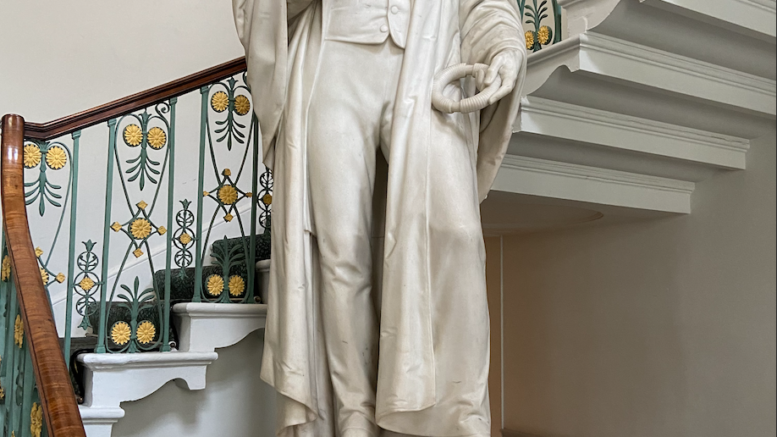

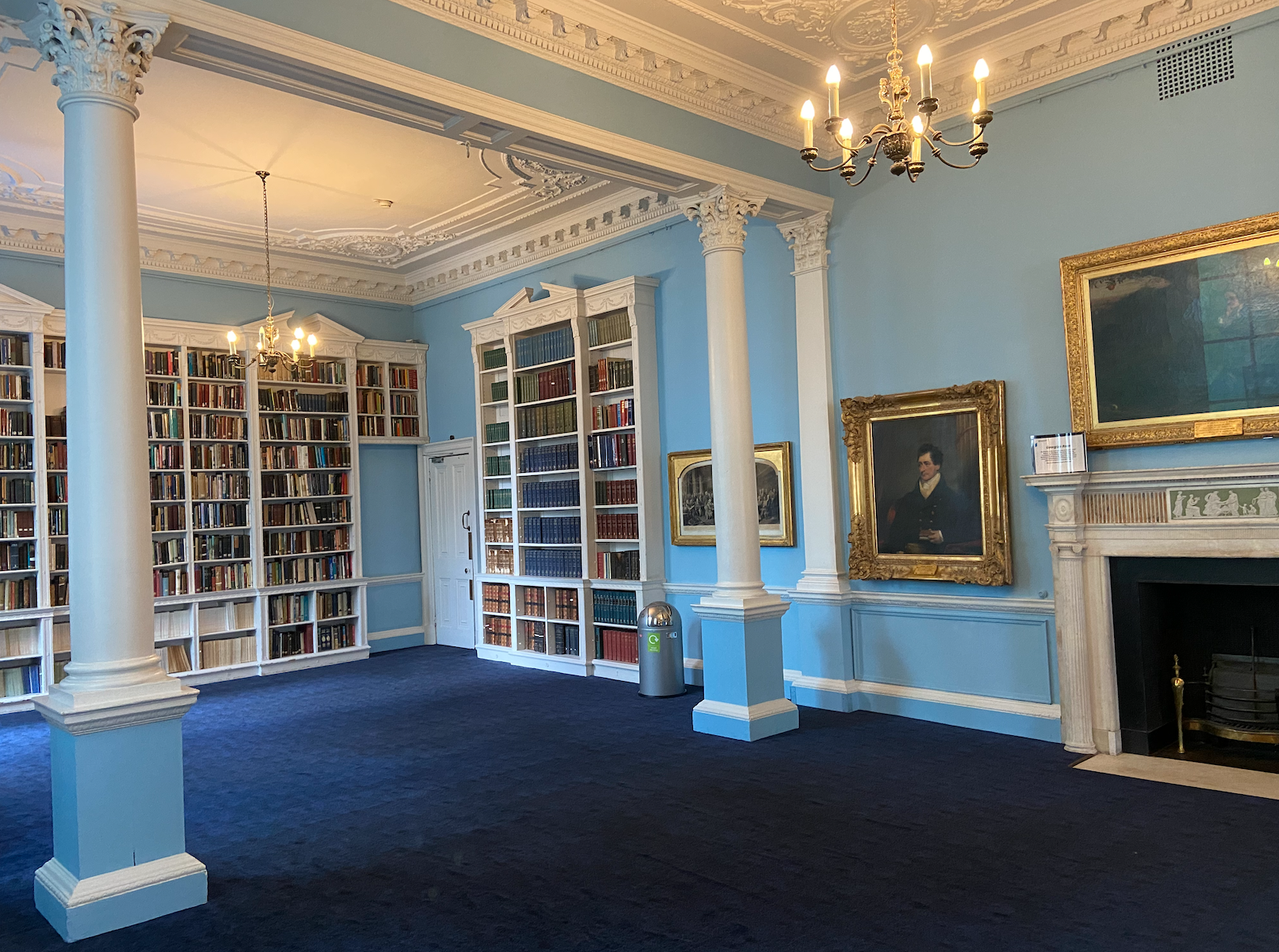
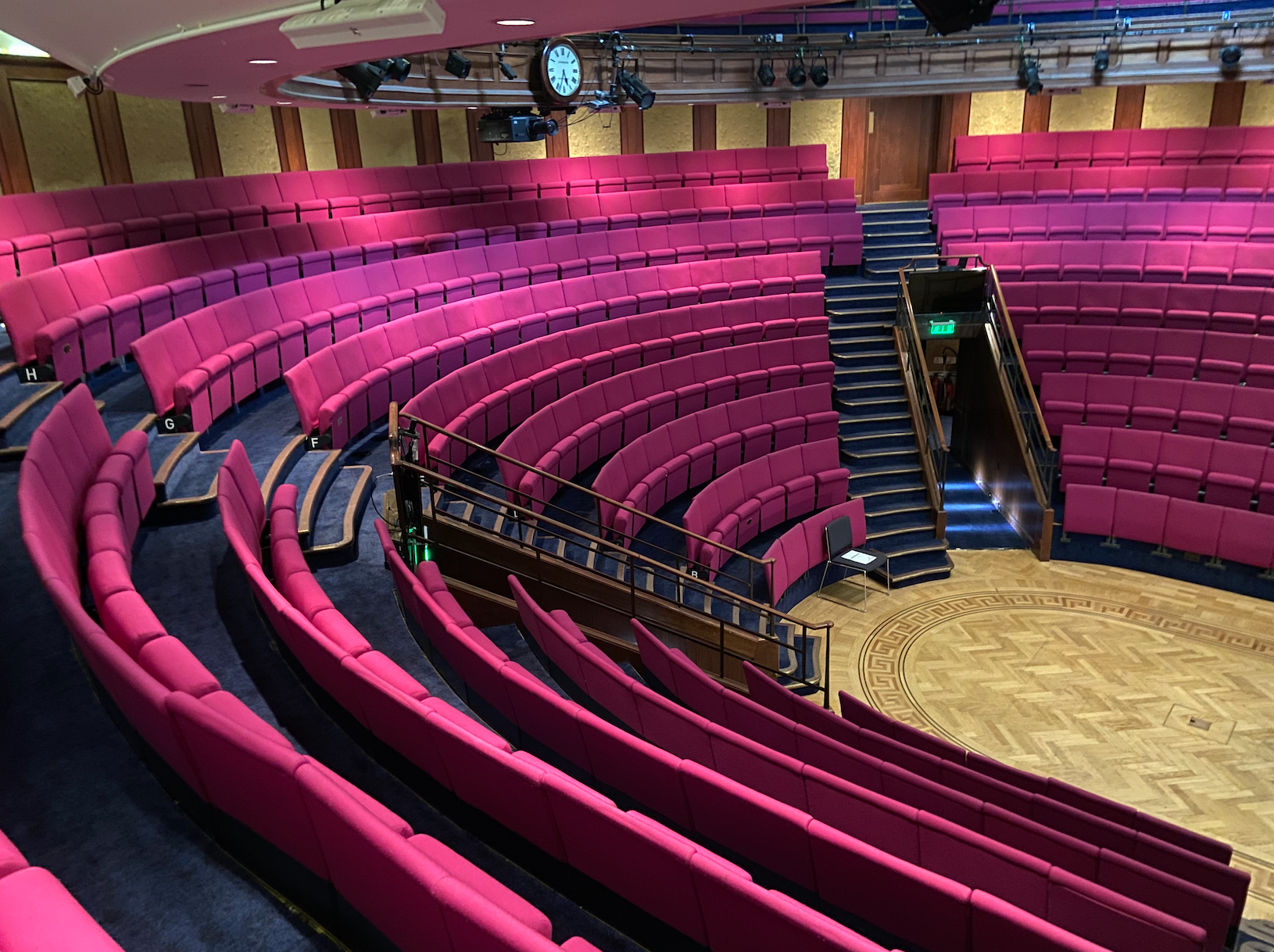
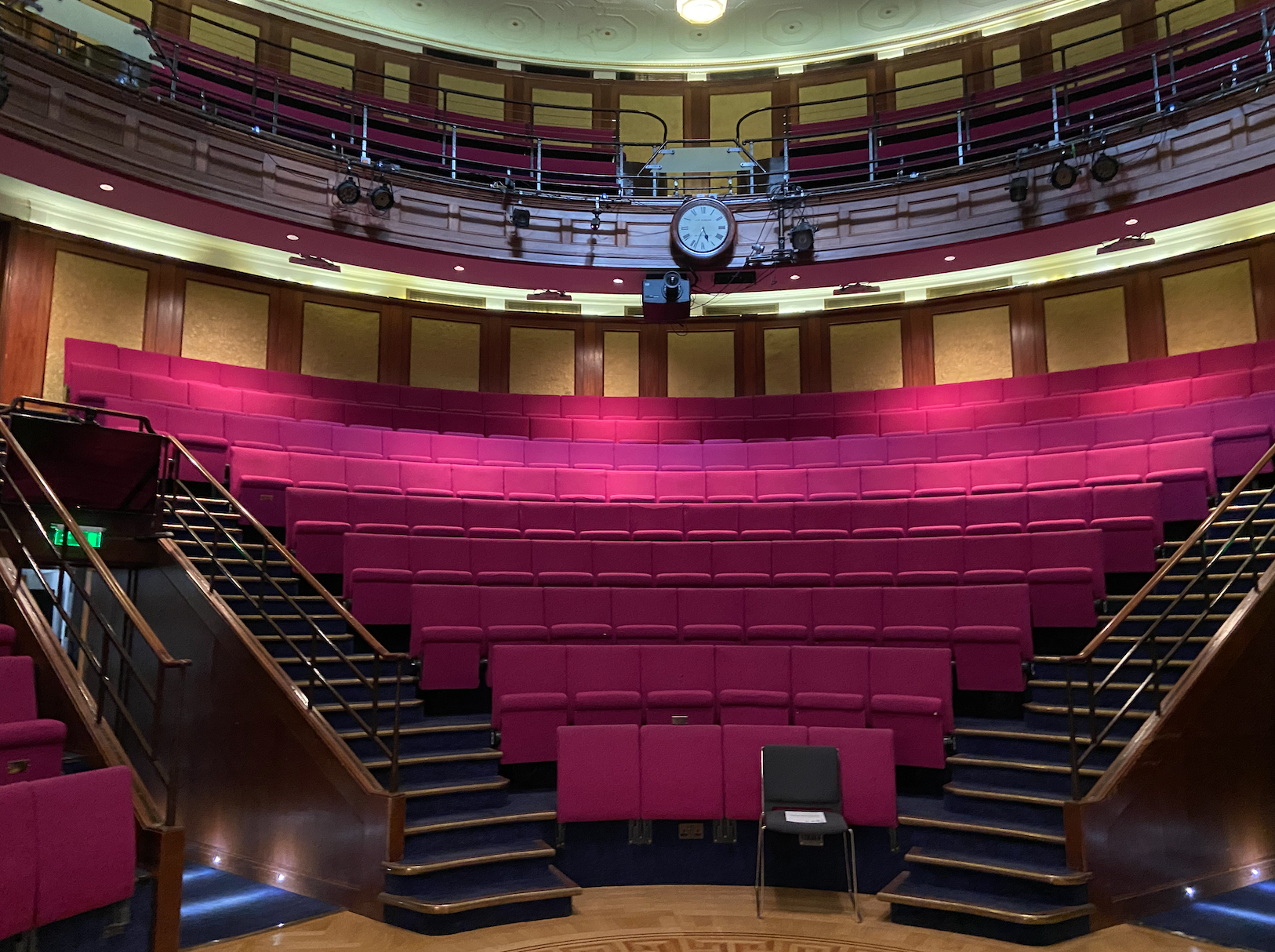
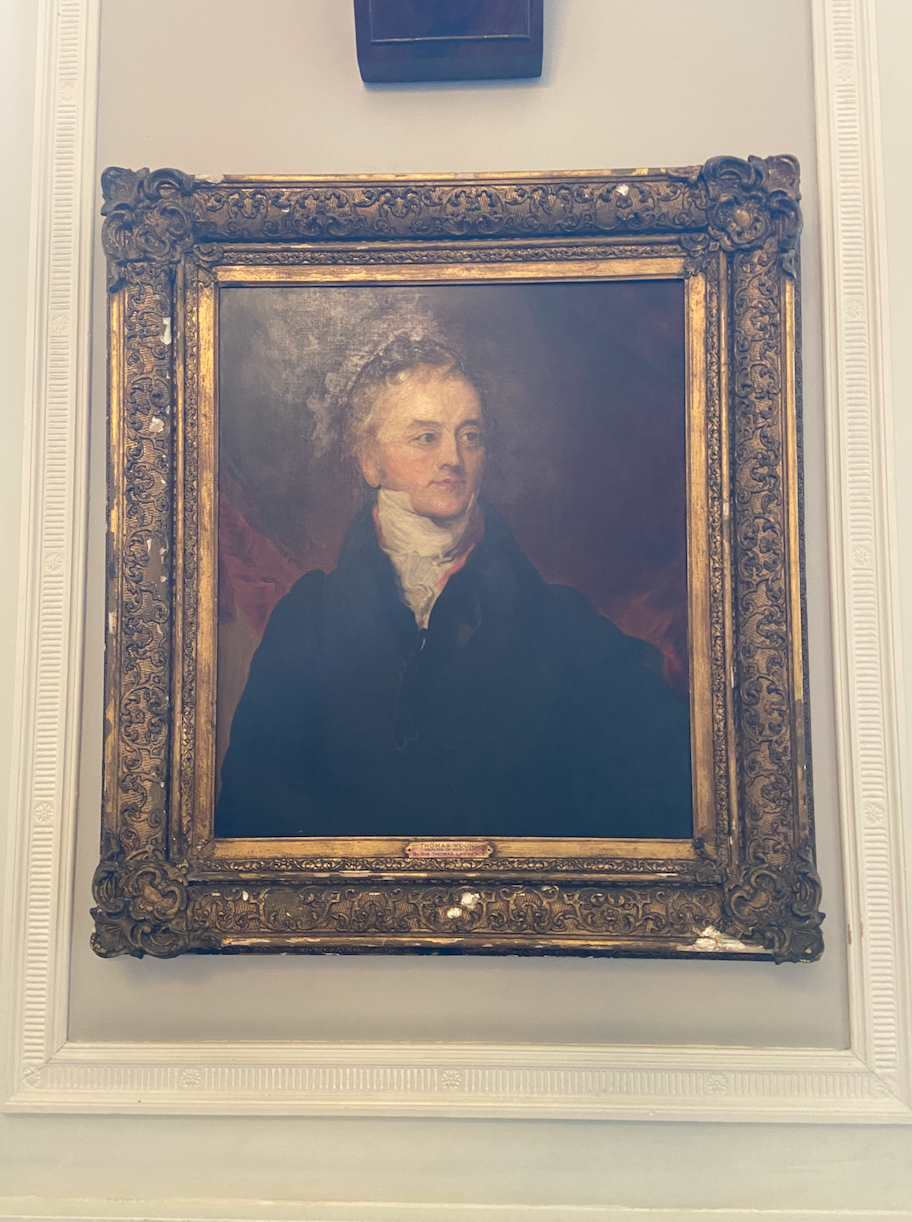
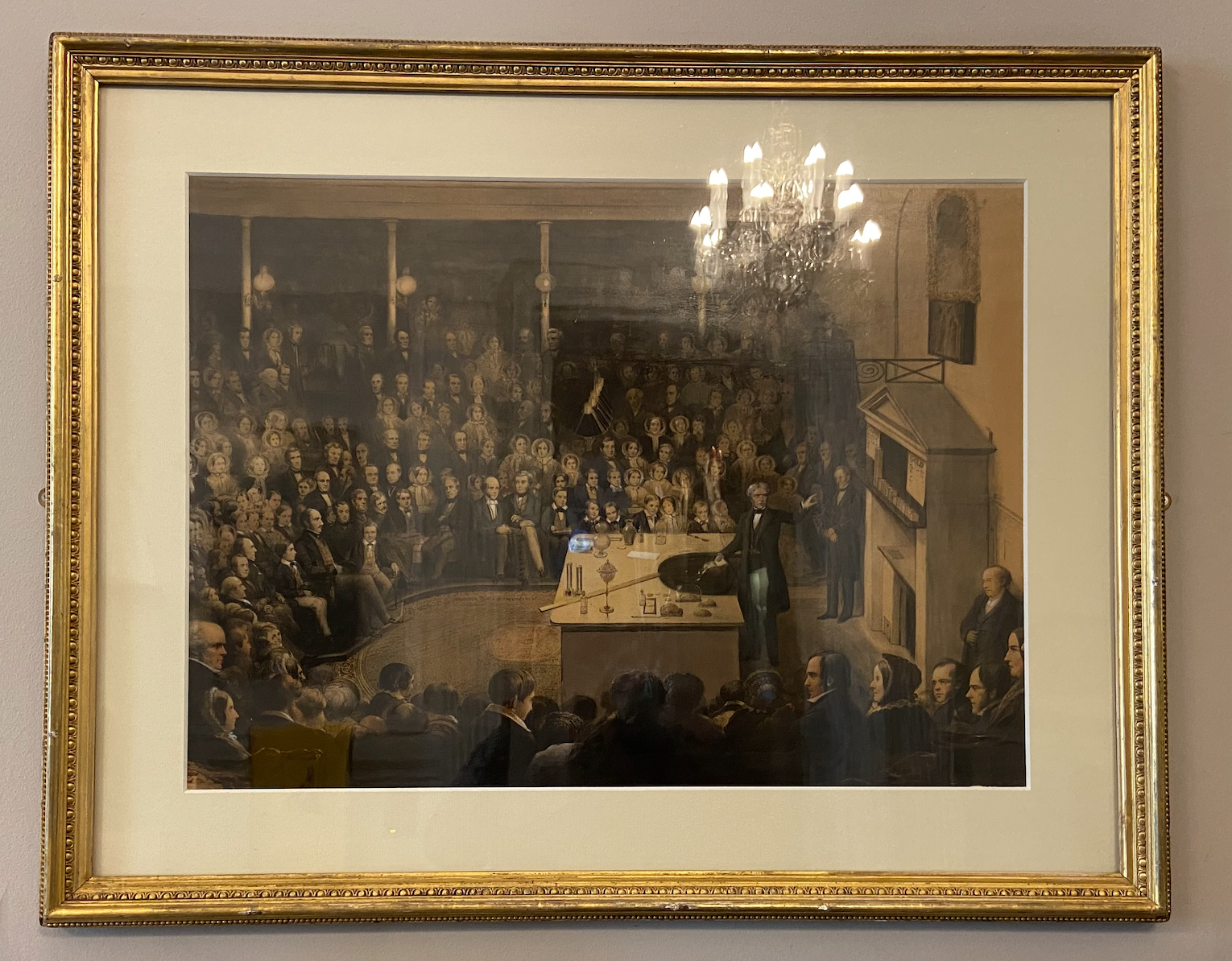
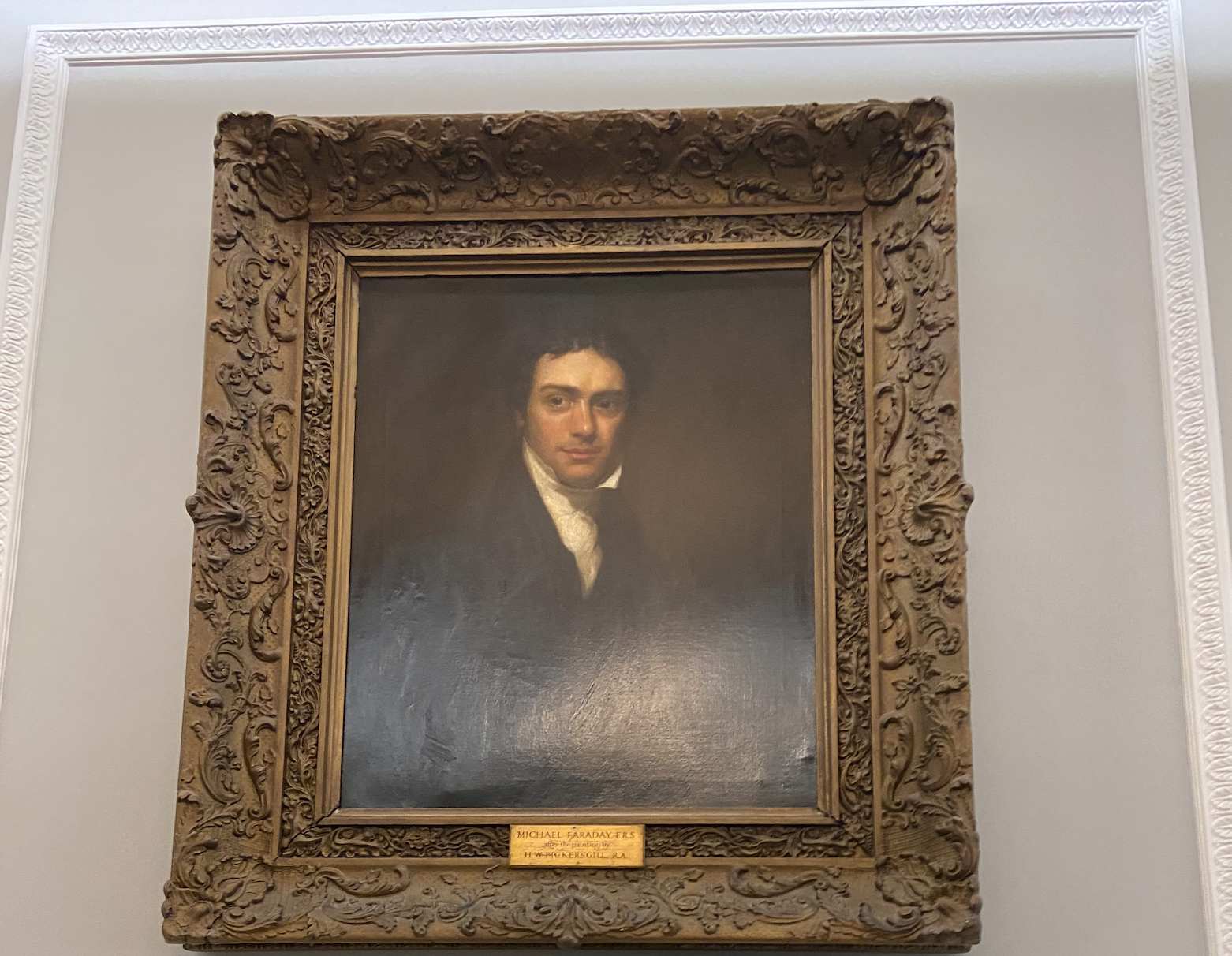
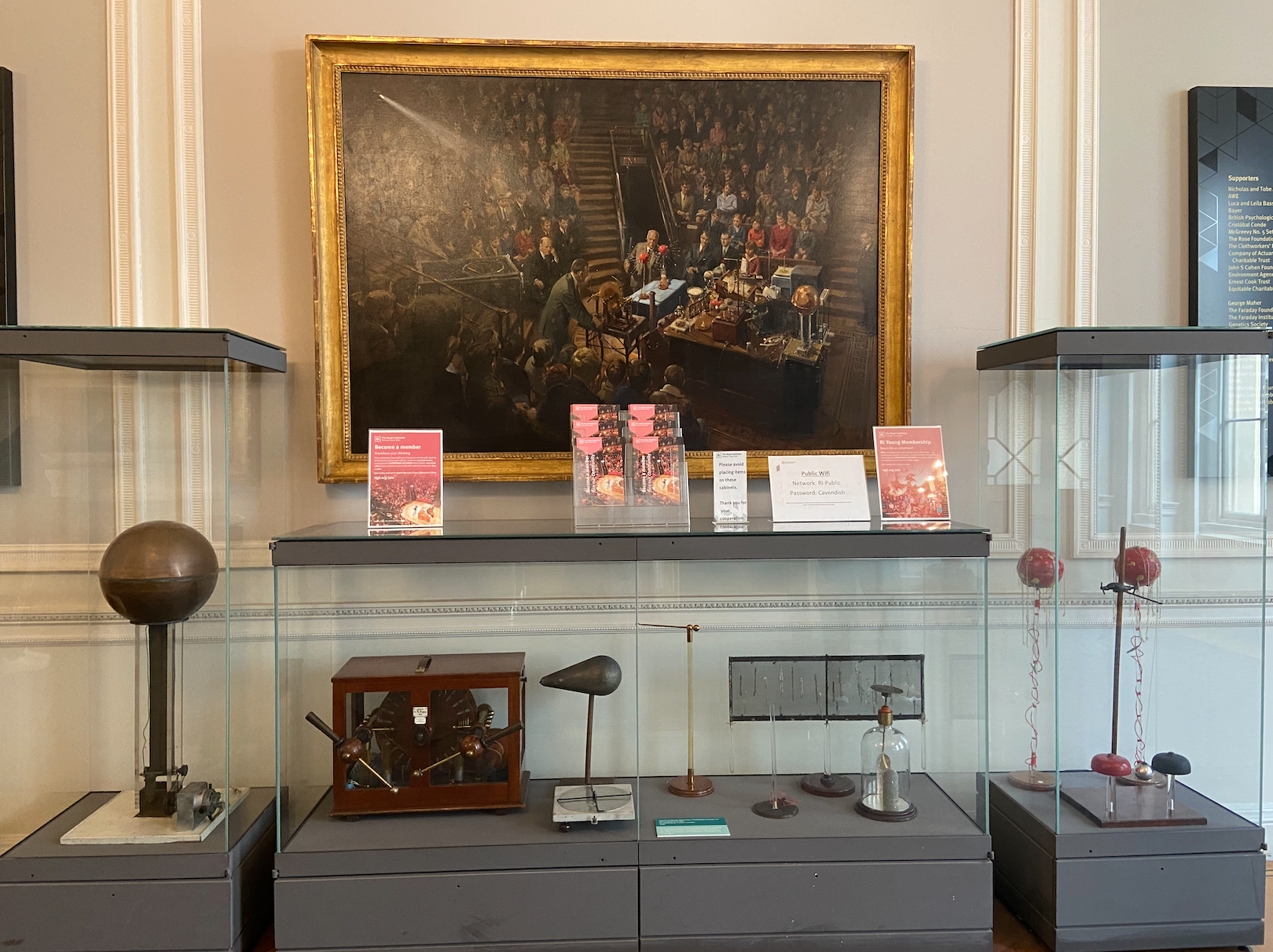
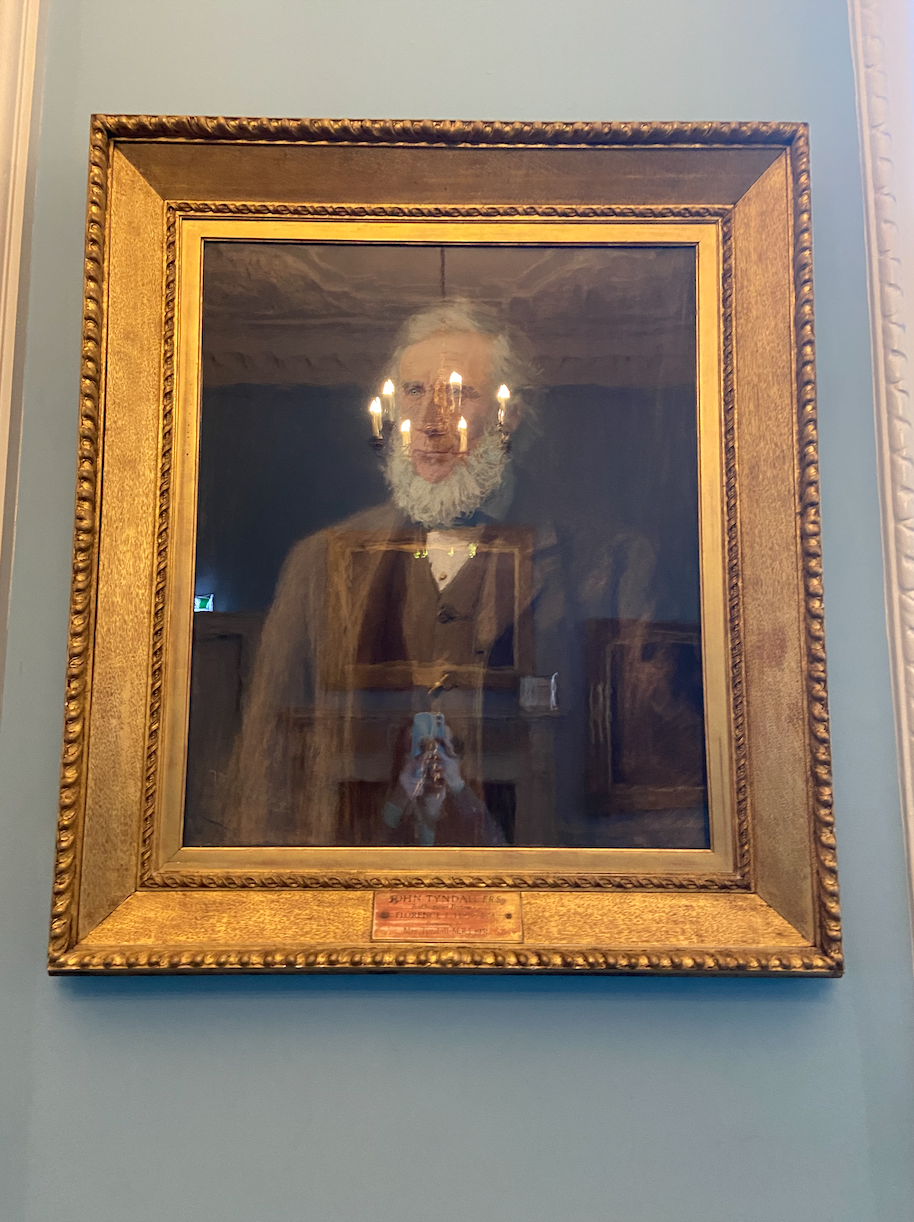
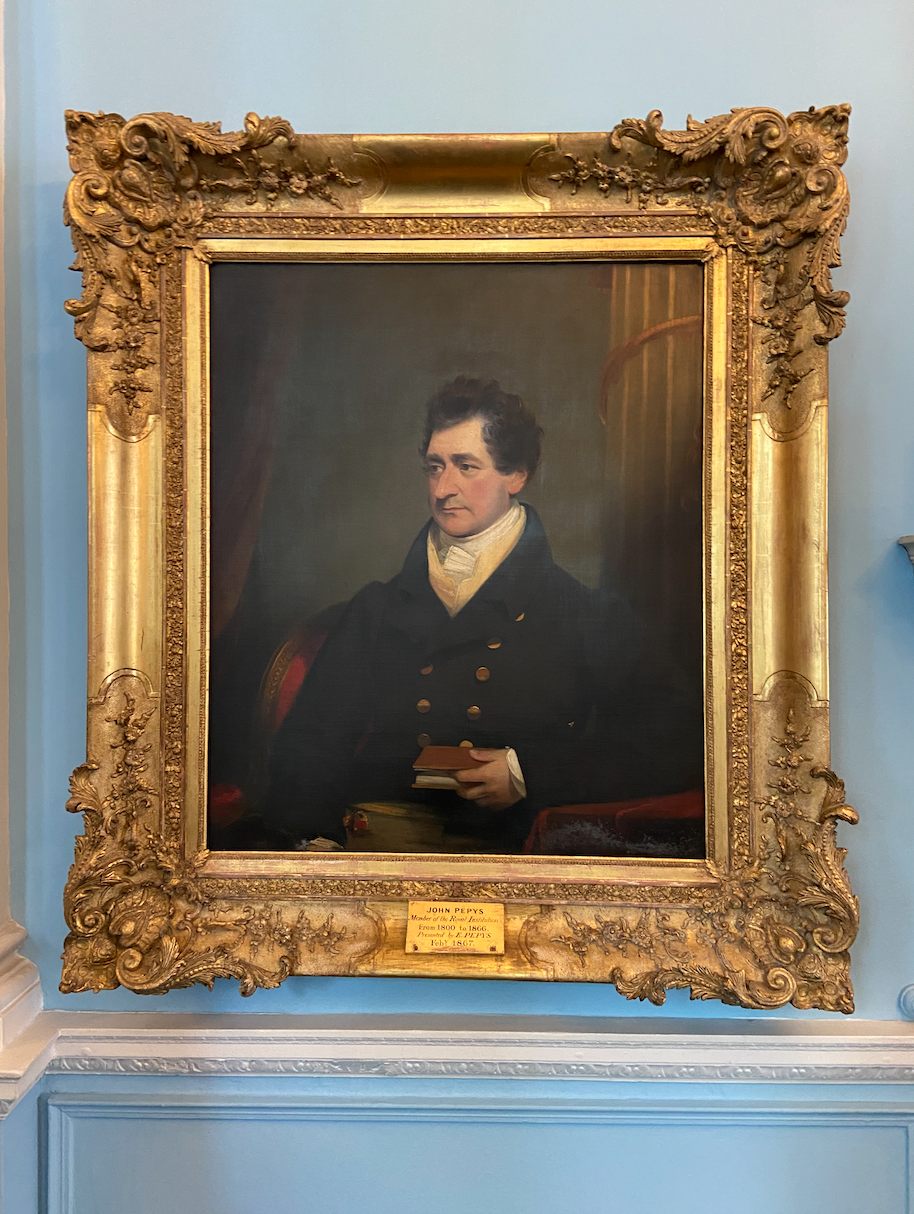
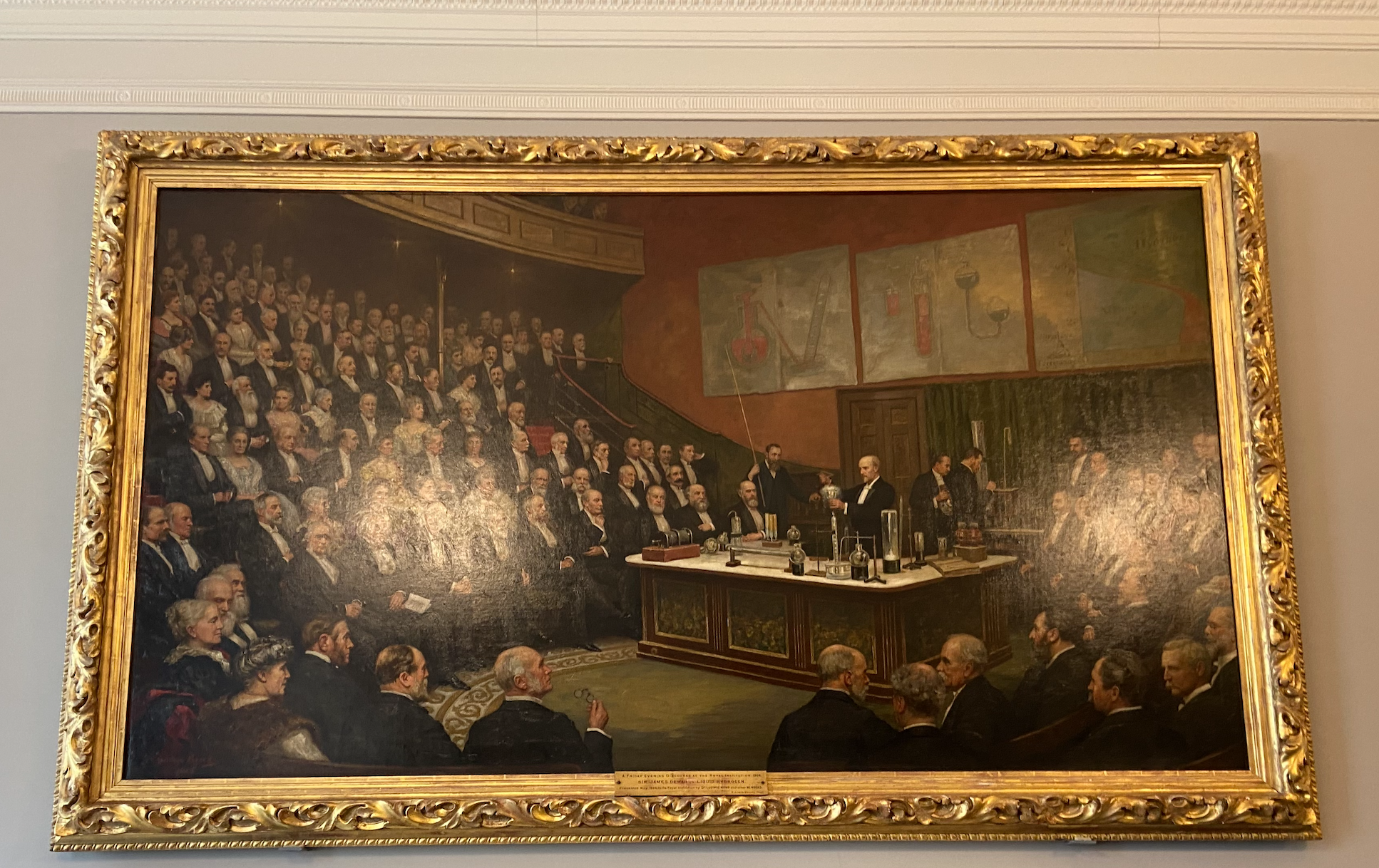
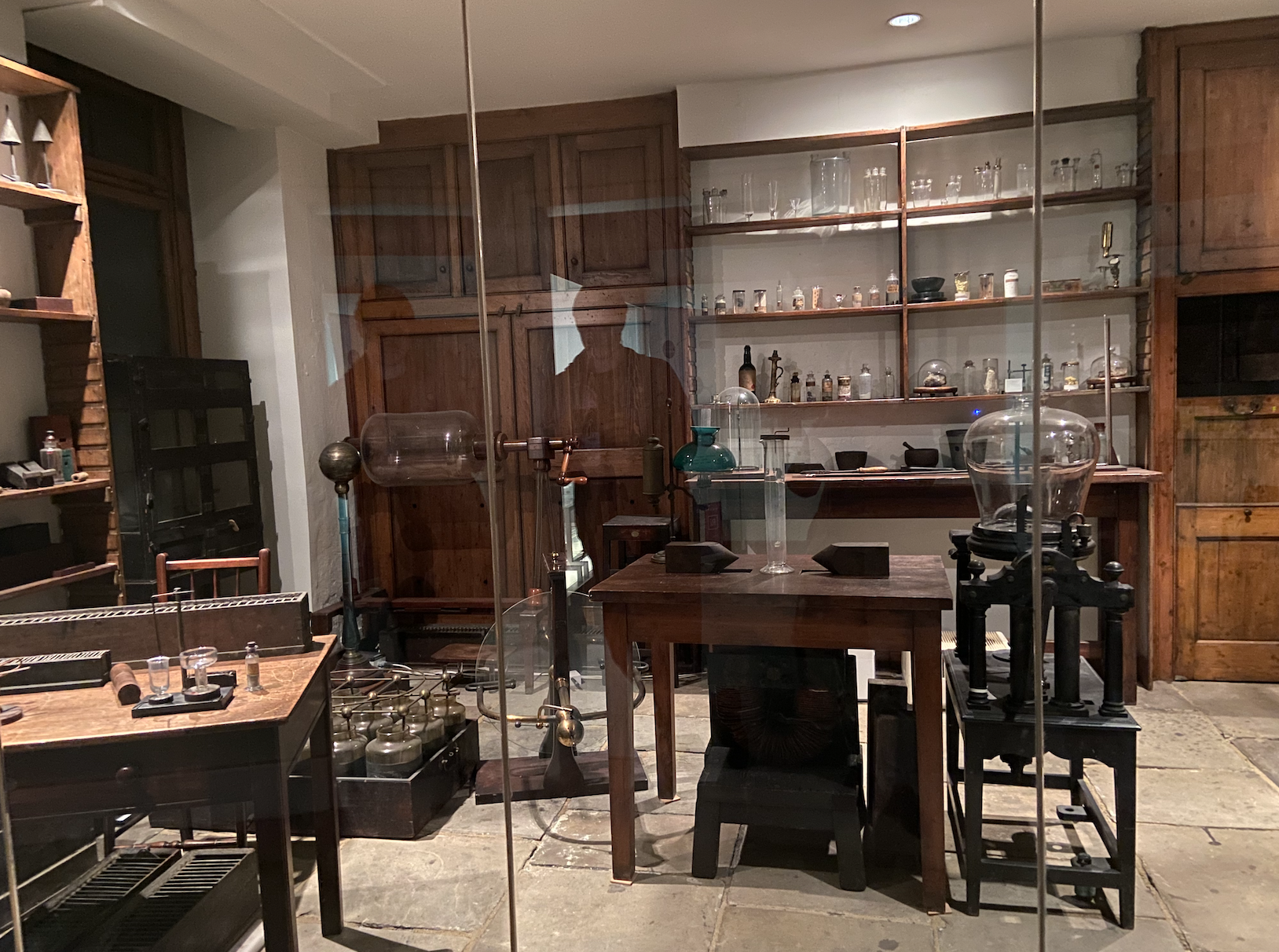
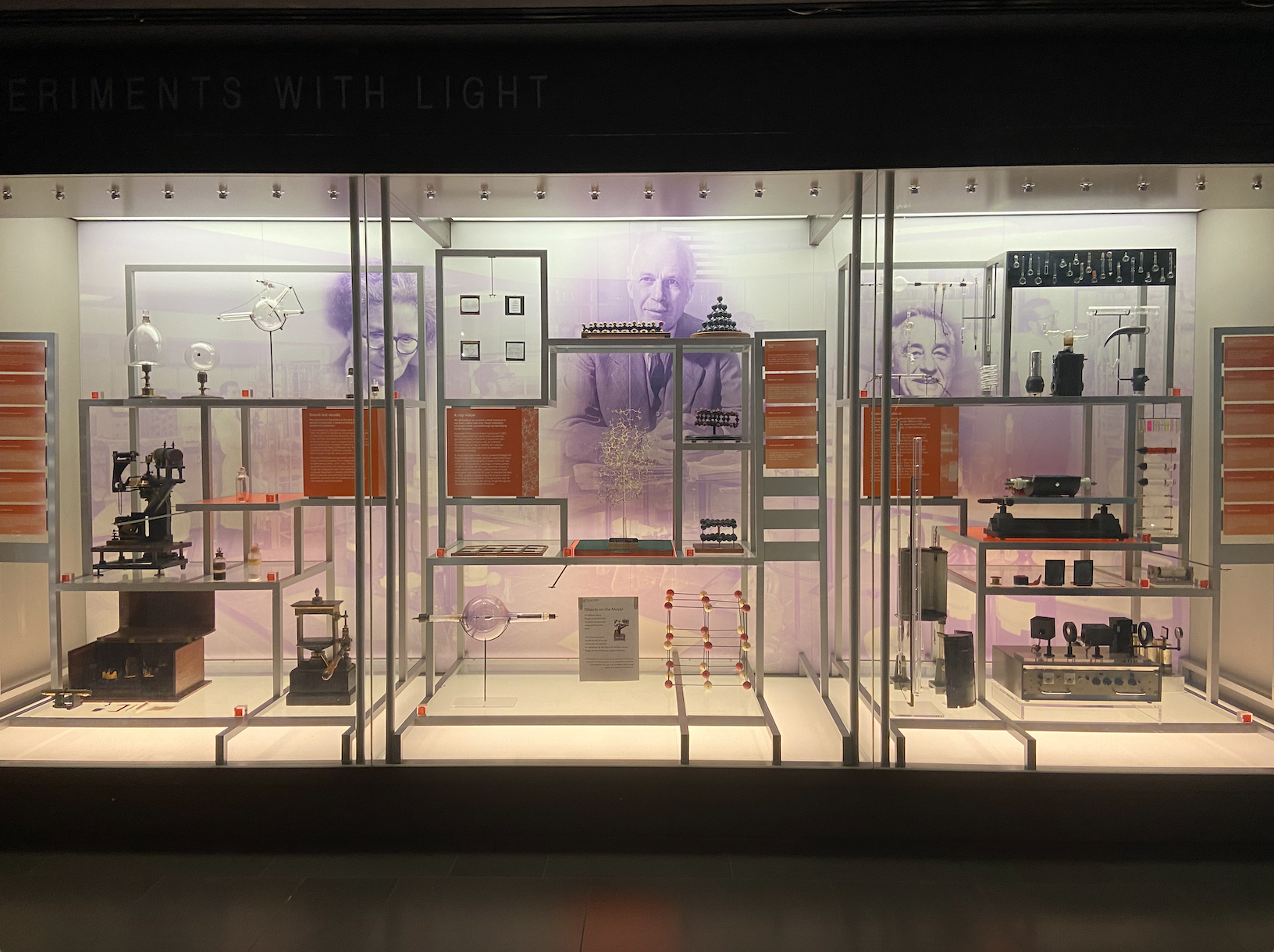
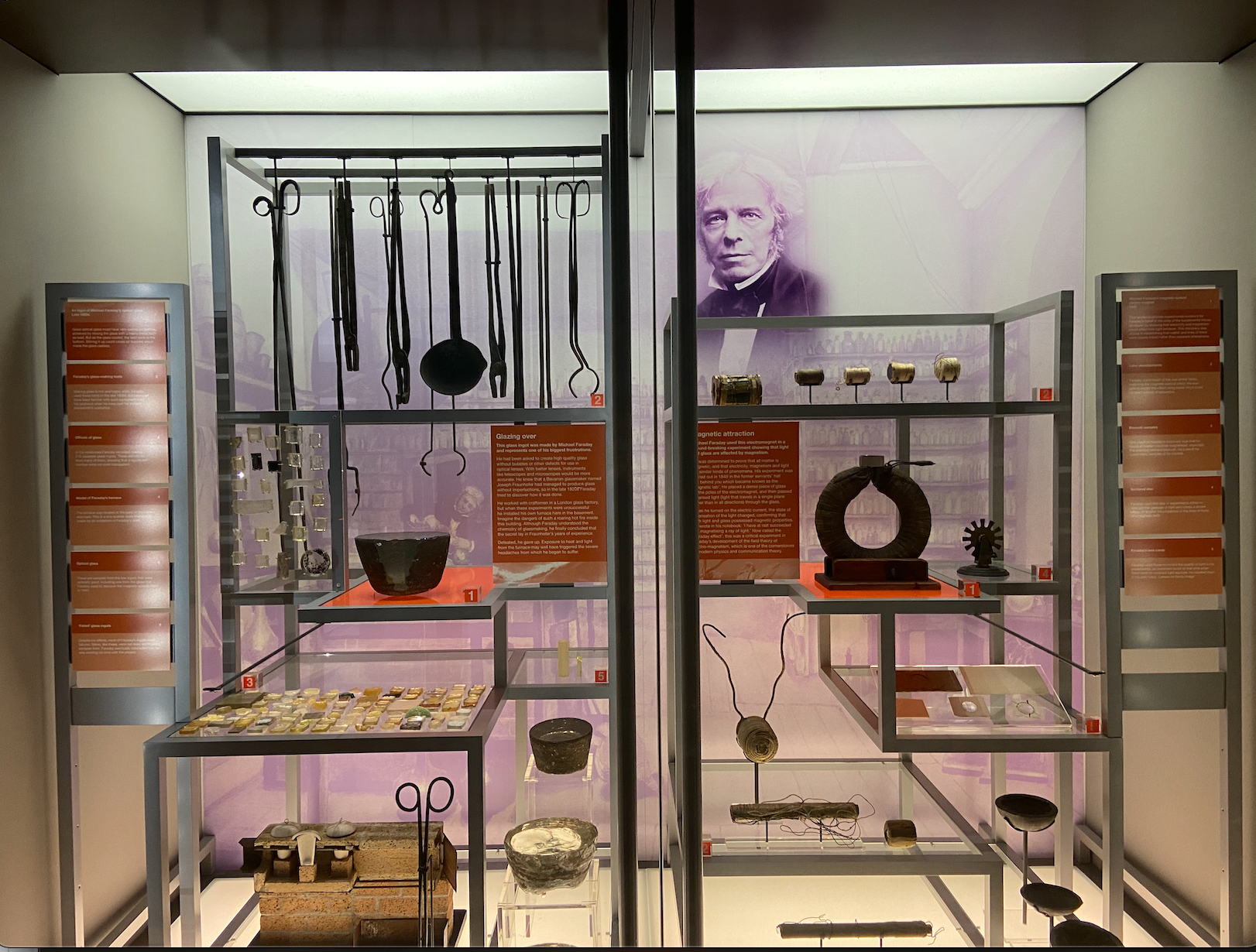

Be the first to comment on "Science Lovers Must Visit The Faraday Museum"